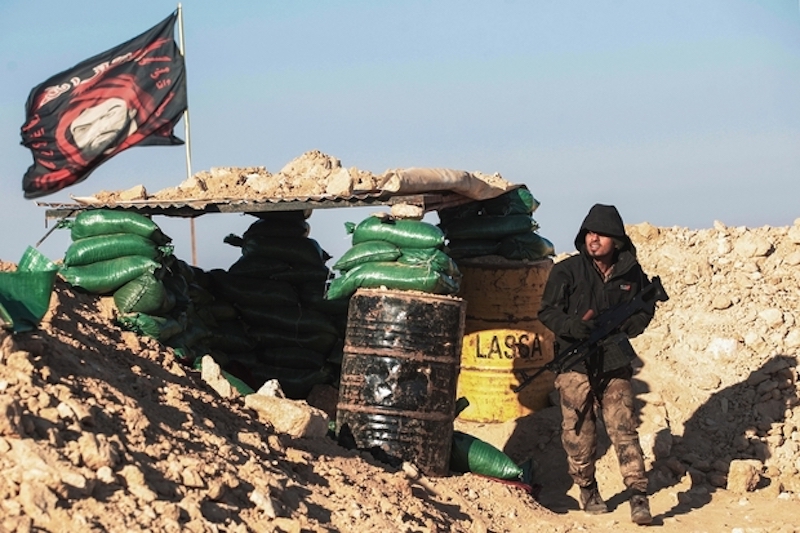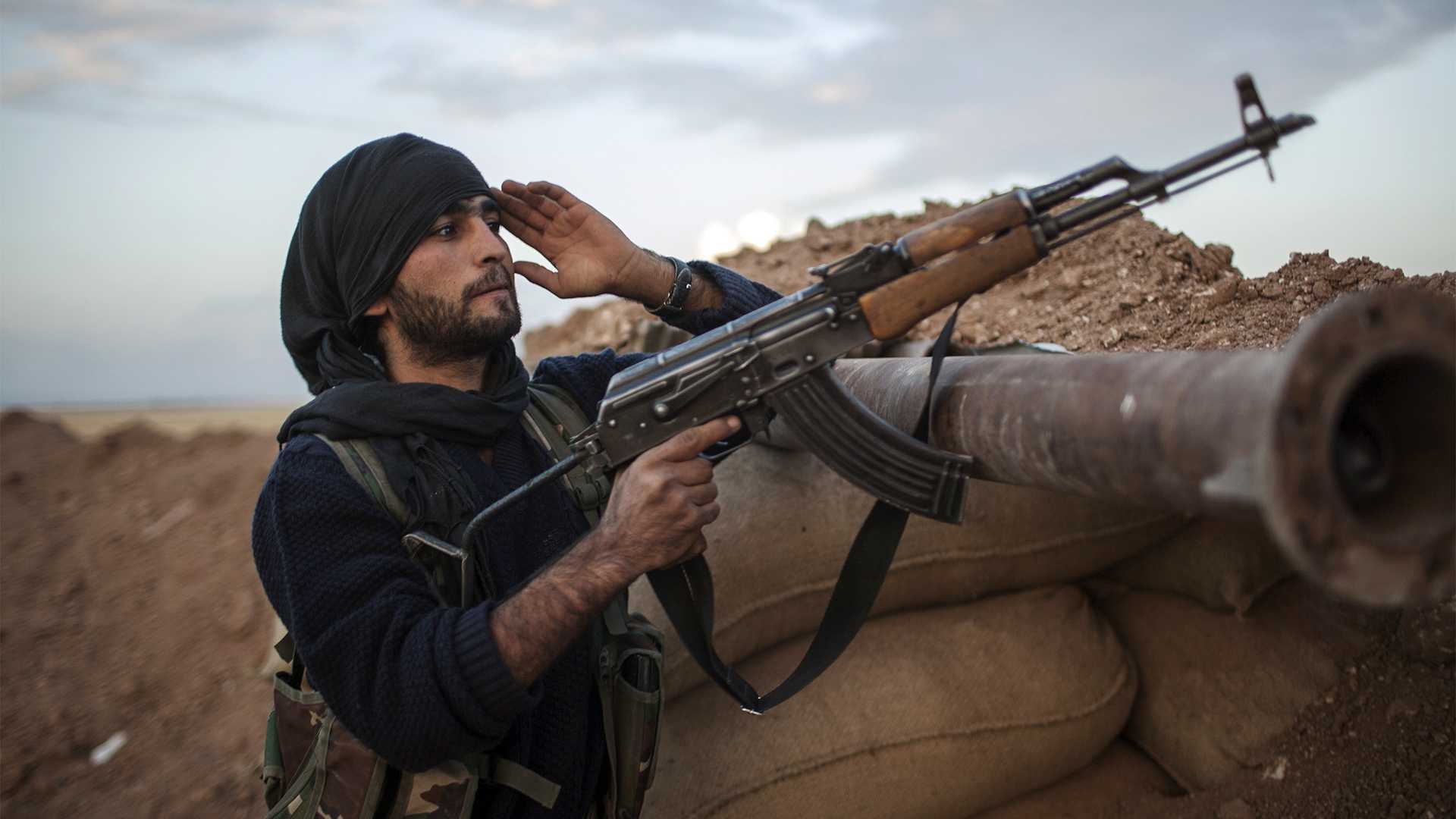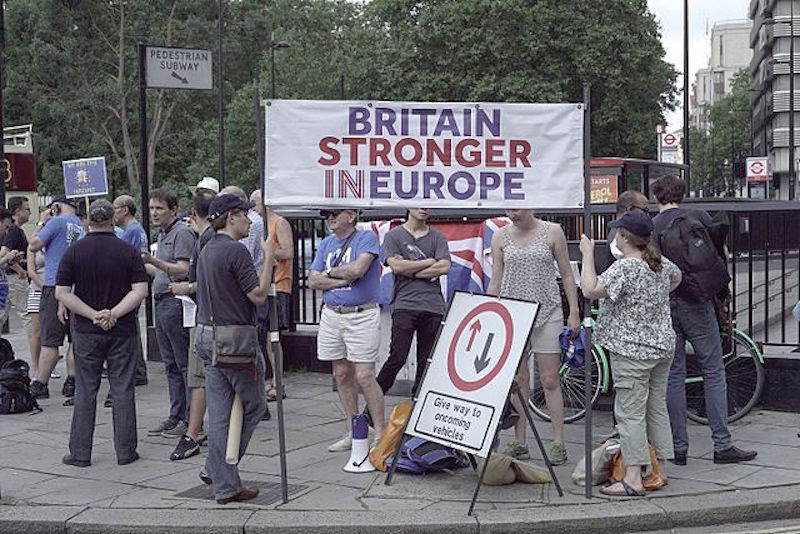Sectarian elements in the Middle East have more or less defined relationships in the region. Iran and Iraq are inextricably tied as the Middle East is a Sunni majority region with the exception of Bahrain, Iraq and Iran. The recent activities of Iran in Lebanon, Yemen, Syria and Iraq exemplify that Iran continues to project their regional reach and influence. These activities include arming militias such as the Popular Mobilization Forces in Iraq, participating in the war in Yemen, and investing over 30 billion in the war in Syria. Within this context, the notion of a ‘Shiite Crescent’ has alarmed neighbours in which Iran’s destabilizing activities have been perceived as effort to install this crescent. The Shiite Crescent is perceived as the attempt by Iran to use a series of battles to gain a footing from the borders of Iran, into Iraq and across to Lebanon.
Disenfranchised populations have been a common theme of the region, whether it is Sunni minorities being persecuted under the former Maliki regime by the debaathification laws, or when Shiite majorities were ill-treated under Saddam Hussein and the Sunni Baath government. The Sunni-Shia conflict has marred the history of Iraq as different sects compete to enforce and pursue their strategic goals. Militant groups such as Al-Qaeda in Iraq and the Islamic State there after have profited and taken advantage of these divisions created in Iraq and have used them to further their goals in the region. The sectarian element of these countries remains to be one of the main sources of conflict.
Furthermore, an important point to keep in mind is will Iraqi sectarianism create Islamic State successors. For this, it is vital to examine the growing/ changing role of Iran and the role of the Iranian-backed Popular Mobilization Forces (or Haasdi Shaabi forces in Arabic). Iran has always had strategic interests in Iraq. Iran’s recent role in Iraq has materialized in the formation of the Popular Mobilization Unit/ which are a Shiite paramilitary group, formed in 2014 in response to the Islamic State, or Daesh.
The group effectively seized areas from ISIL, however, there have been a number of allegations against the PMU for retaliation against Sunnis populations. Moreover, the Shia presence has potential to incite further sectarianism in Iraq and can give birth to Islamic State successors. Iraqi media has reported the emergence of a new Sunni militant group, ‘Jaysh Ahrar al-Sunna’. This group has been formed in response to the PMU near Tuz Khurmatu. The group was allegedly responsible for an attack that killed more than 30 on 21 November 2017. In regards to the relevance of the PMU, the clashes in Kirkuk in October 2017 demonstrate Iran’s role in Iraq. The PMU represent a power constituency in Iraq and mostly operate under their own discretion. The PMU have recently pressured Prime Minister Abadi to adapt to their agenda i.e. the decision of the Badr organization to fight in Kirkuk preceded Abadi’s instruction to send in only counter-terrorism forces. Additionally, the Kirkuk assault could not have happened without Iran. Also, the PMU are pushing officials in Baghdad to take a stance on a range of issues such as the Kurds, and curtailing Iraqi- Washington partnerships. This could have adverse effects on the NATO-Iraq relations as NATO is pursuing objectives such as Defence Capacity Building Initiatives. This is especially relevant as a change in Iraqi leadership could change relations between NATO and Iraq. The dubious election results of the May Iraqi election has caused concern and Iran may ‘incite anti-US sentiments amongst the Iraqi Shia’ which would inevitably effect NATO efforts in the region.
In conclusion, Iran’s focus in Iraq was much different than the international coalition. The international coalition focused heavily on eradicating ISIL, making counter-terrorism their primary focus. Iran’s role differed. Iran wanted to have political, military, and cultural influence to overshadow their Shiite majority neighbours in an effort to ‘control a corridor from Tehran to the Mediterranean.’ Evidently, Prime Minister Abadi officially integrated the Iranian-backed militias into the security forces. Iran has used a combination of soft and hard power to continue to push its influence and safeguard its presence. Iran has invested not only militarily and politically but also economically and culturally. For example, in the city of Najaf, the provincial council there granted a municipal contract to a private Iranian company for garbage services. However, Iran’s militias in Diyala province have been accused of widespread sectarian cleansing in an effort to establish Shiite authority.
Iran is using a combination of hard and soft power-plays to entrench and build a wide network of allies to ensure its presence in Iraq is indelible and everlasting. Iran is playing the long game in Iraq.
Featured Image:PMU fighter in Tal Afar, west of Mosul | February, 2017 (Picture from Middle East Eye) – https://pm.gc.ca/eng/photo-gallery/2018/07/12/prime-minister-justin-trudeau-holds-media-availability-end-nato-summit
Disclaimer: Any views or opinions expressed in articles are solely those of the authors and do not necessarily represent the views of the NATO Association of Canada.




